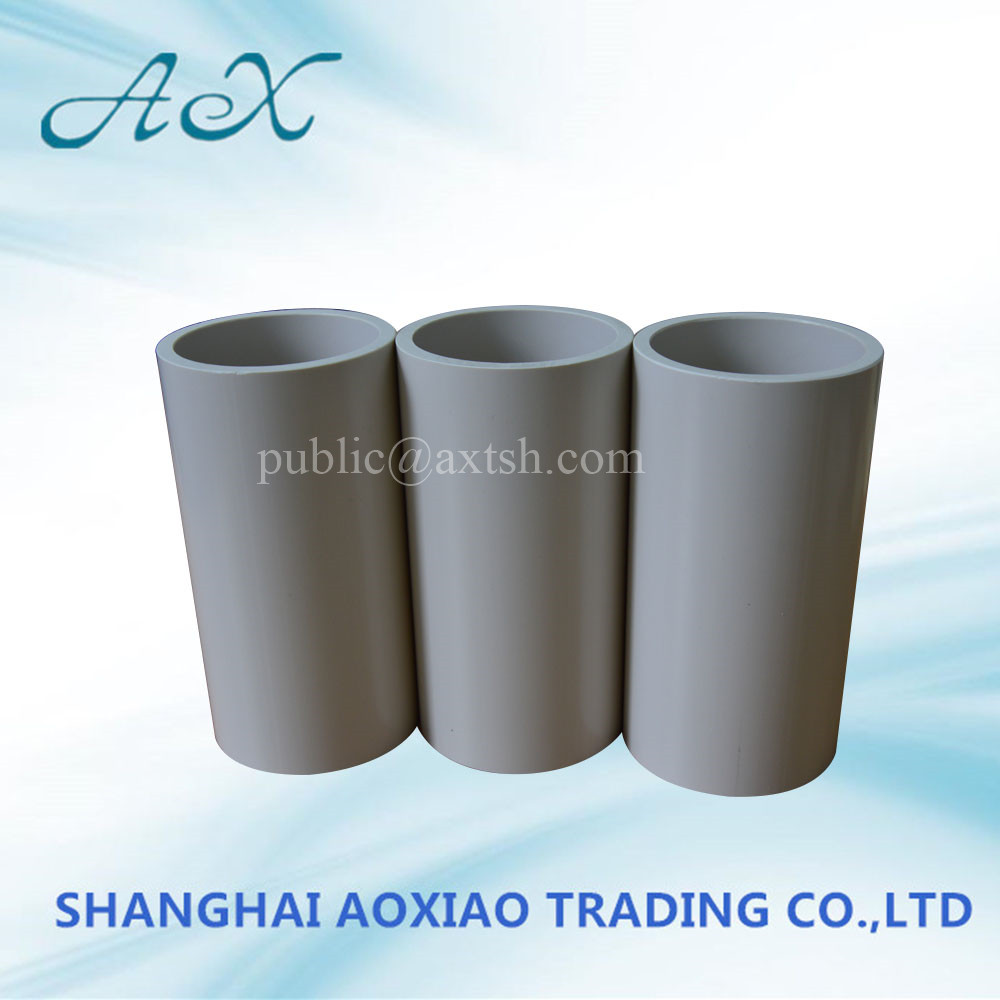Five Key Points of the Spray-free Material Injection Molding Process
Spray-free materials are used more and more widely, such as rice cookers, pressure cookers, electric kettles, soymilk machines, washing machines, air conditioners, etc.; interior and exterior parts such as car pedals, glove boxes, sun visors, pillar trims, side skirts, etc. are more and more The use of spray-free materials and spray-free materials is therefore favored by manufacturers. The injection-free plastic injection molding process is a must-have, followed by the Customized PP Tube Core Factory to see the five key points of the spray-free material injection molding process.
1. Drying control: water content below 5%
Spray-free materials, like most materials, absorb moisture from the air. Drying must be carried out before the forming process, otherwise, it may cause the surface of the product to be silver and watery and affect the surface gloss of the product.
It is usually required to control the moisture content of the spray-free material after drying to be less than 0.05. For example, for the spray-free material of the ABS substrate, the drying temperature is usually from 70 ° C to 85 ° C and dried for 3-4 hours.
If the temperature is too high, the material performance may be lowered, the temperature is too low, the drying time is insufficient, the moisture content of the resin is too high, and the surface of the product is liable to generate gas marks.
2. Injection temperature: medium and low-temperature injection molding
Since the metal pigment is added to the spray-free material, the discoloration of the metal pigment is liable to occur under the high shear action of the screw. Therefore, the principle of setting the temperature of the spray-free material is to use medium and low-temperature injection molding to prevent material degradation under the premise of ensuring that the material is fully plasticized.
For example, the ABS-free spray-free material processing temperature is 210 ° C - 230 ° C. When the temperature is too high, the material degrades and gas marks appear on the surface of the product. Such as ABS Plastic Core Winding Pipes.
3. Injection speed: medium speed stepped step control
When using spray-free materials for injection molding, the choice of injection speed mainly considers the appearance of the product, the venting of the mold, and the resistance of the resin flow in the cavity of the injection molding machine.
Faster injection speeds generally lengthen the melting process and are suitable for filling thin-walled products with better surface finish and surface finish. However, the excessively fast injection speed tends to cause the melt to be strongly sheared, resulting in damage to the shape and particle size of the pearlescent toner and reducing the special color effect of the product. In addition, problems such as jet marks and poor exhaust are likely to occur in the vicinity of the gate.
Therefore, under the premise of ensuring the surface effect and quality of the product, it is recommended to use a medium-speed segmented step speed control to ensure smooth filing and product appearance.
ABS Plastic Core Winding Pipes
4. Injection pressure: lower pressure
The injection pressure is to overcome the resistance of the melt during the flow process, to give the melt a certain filling speed and to compact and feed the melt to ensure the smooth filling process. The actual injection pressure is related to many variables such as melt temperature, mold temperature, part geometry, wall thickness, flow length, and other molds and equipment.
In general, it is best to use lower pressures that meet performance, appearance and injection cycle. At the same time, we must pay attention to the difference between the actual injection peak pressure and the set value. In general, a suitable holding pressure is 60-80% of the injection pressure.
5. Mold temperature: higher mold temperature
The mold temperature directly affects the surface brightness, weld line, and strength of the final product. The use of high mold temperatures increases material flow, achieves higher bond-line strength, and reduces stress in the molded article, making it more resistant to heat and chemicals, while increasing the reproducibility of the melt to the mold surface. Improve product gloss and special color effects.
In order to achieve the desired surface quality, higher mold temperatures should be used when using spray-free materials. For ABS-free, spray-free materials, the mold temperature is typically 70-90 °C.
In short, only reasonable mold design, proper drying temperature, injection temperature, injection speed, and reasonable mold temperature are indispensable conditions for the appearance of splendid products.
In addition to the injection molding process, the choice of raw materials is also important. The spray-free product has excellent aesthetics and excellent appearance. The material has good heat resistance, good dimensional stability, creep resistance, excellent processing performance, reasonable cost performance, and good mechanical properties.
Our company specializes in providing Plastic Tape Plastic Core. If you are interested in our products, please feel free to contact us and we will be happy to help you.





